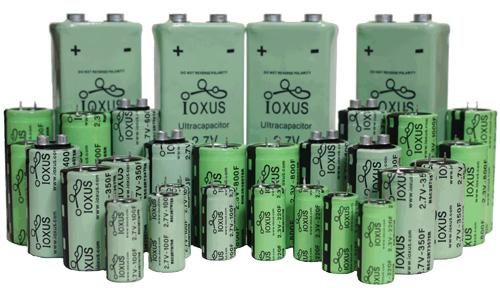Ultracapacitors Make Wind Power Viable
May 1, 2012

Environmentally sensitive energy production has come a long way in the past few years. Wind power, in particular, is in increasingly widespread use, with wind turbines operating throughout the world and exponential growth expected within the next few years.
However, hurdles remain. The most pressing relates to the inconsistent nature of weather and the need for a low-maintenance, economically attractive energy storage system.
There are three rotor blades in the typical wind turbine. The rotors, which can be adjusted continuously to respond to weather conditions, feed into generators to create electricity.
The ability of a turbine to optimize its performance in response to the elements is what makes it attractive as a clean energy source, but it can create waste. Most energy storage systems are designed to meet high power demands but occur in brief and scattered bursts. The rest of the time, battery-powered storage capabilities exceed the need of the turbine.

When peak power needs and extreme conditions do occur, batteries show additional limitations. They struggle under moments of high peak power and perform poorly in low temperatures. In extreme conditions, battery operating life is limited, creating a situation where engineers and maintenance crews must frequently swap out components under potentially dangerous conditions. Of greatest concern is that batteries do a poor job of delivering the frequent, short power boosts wind turbines need to make rapid rotor blade adjustments and create electricity.
Alternatively, ultracapacitors offer a reliable option that performs well under a wide range of temperature conditions. These components, which reduce overall system size, have a far longer lifespan than batteries, making them a significantly more cost-effective choice for wind turbine design teams. As the market continues to grow, ultracapacitors will become increasingly important in wind-generated power production.
Beyond the capabilities of the capacitor
Most design engineers are familiar with electrolytic capacitors, which have a high power density but short time constants. Ultracapacitors also have high power density but can deliver high energy density, too, allowing them to store a vast amount of energy in a small package. Ultracap arrays offer time constants of the order of tens of seconds to minutes. The difference between the two components is significant, and applications that were not viable with capacitors are now feasible.
About the Author(s)
You May Also Like


.jpg?width=300&auto=webp&quality=80&disable=upscale)


